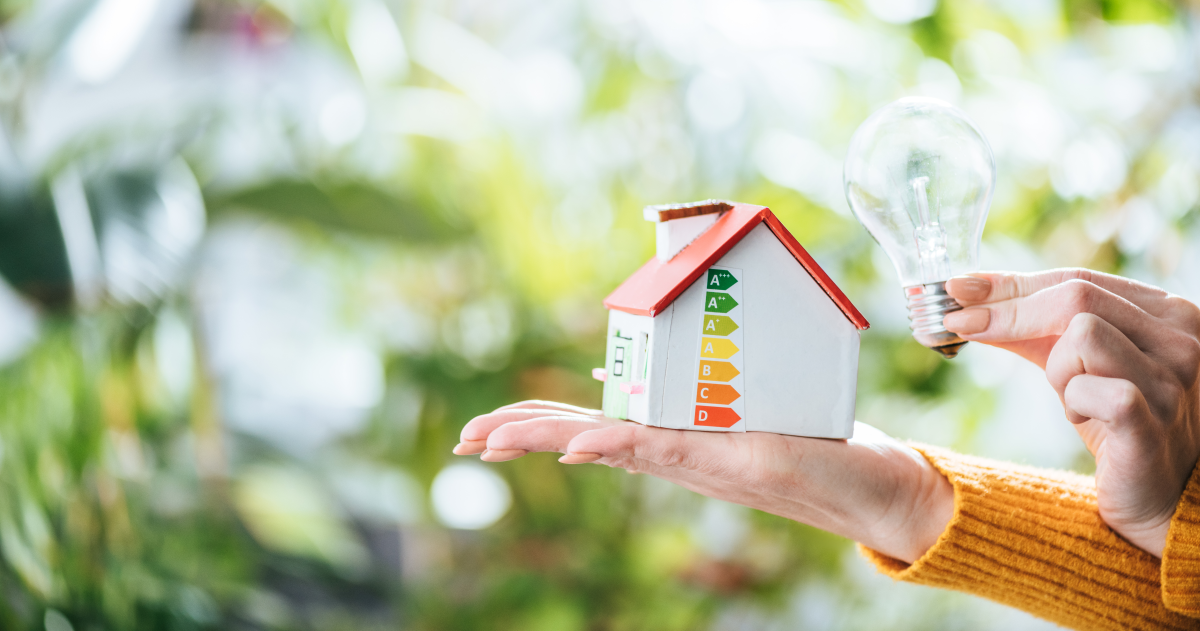Designing an energy-efficient custom home offers numerous benefits, from reducing utility costs to minimizing environmental impact. With the right design and materials, homeowners can create a comfortable, sustainable living space that conserves energy and lowers long-term operating costs. As energy efficiency becomes more important in home design, building a custom home with these principles in mind ensures you enjoy savings and a reduced carbon footprint.
In this article, we’ll explore key strategies for designing an energy-efficient custom home and how you can incorporate them into your build.
1. Optimize the Home’s Orientation
One of the first steps in designing an energy-efficient custom home is optimizing its orientation. The way your home is positioned on the lot affects how much natural light it receives and how well it retains or repels heat.
Key considerations for orientation:
- Position large windows and living spaces on the south side to capture maximum sunlight in winter.
- Use north-facing windows sparingly to minimize heat loss in cold climates.
- In warmer regions, consider shading features like eaves or awnings to prevent overheating from direct sunlight.
By aligning your home to maximize solar gain or minimize heat exposure, you can naturally control indoor temperatures, reducing the need for artificial heating or cooling.
2. Use High-Performance Insulation
Proper insulation is critical for maintaining energy efficiency. A well-insulated home helps regulate indoor temperatures, keeping the house warmer in winter and cooler in summer. This reduces the need for excessive heating and air conditioning.
Tips for improving insulation:
- Choose high-performance insulation materials, such as spray foam, fiberglass, or cellulose, for walls, ceilings, and floors.
- Insulate attics, basements, and crawl spaces to prevent air leaks and heat loss.
- Consider using insulated concrete forms (ICFs) or structural insulated panels (SIPs) for improved thermal resistance.
With proper insulation, your home will retain heat during colder months and block unwanted heat during the summer, leading to lower energy bills.
3. Install Energy-Efficient Windows and Doors
Windows and doors play a significant role in energy efficiency, as they are common sources of heat loss or gain. Installing high-quality, energy-efficient windows and doors can greatly improve your home’s overall efficiency.
Key features to look for:
- Double or triple-pane windows with low-emissivity (Low-E) coatings reduce heat transfer and UV exposure.
- Insulated frames (such as vinyl or fiberglass) help prevent drafts and heat loss.
- Energy Star-rated doors with proper seals minimize air leaks and maintain a consistent indoor temperature.
Energy-efficient windows and doors not only improve insulation but also enhance the comfort of your home by reducing drafts and maintaining a stable temperature throughout the year.
4. Incorporate Solar Power
Solar power is an excellent way to reduce your reliance on traditional energy sources while saving on utility costs. By integrating solar panels into your custom home design, you can harness the sun’s energy to power your home efficiently.
Steps for integrating solar energy:
- Install solar panels on south-facing rooftops for maximum sun exposure.
- Pair solar panels with a battery storage system to store excess energy for later use.
- Consider using solar energy for specific systems, such as water heaters or pool heating, to reduce your overall energy demand.
With solar power, your home can generate its own electricity, lowering energy bills and reducing your carbon footprint.
5. Use Energy-Efficient Lighting
Lighting accounts for a significant portion of a home’s energy use. To enhance energy efficiency, opt for energy-efficient lighting solutions throughout your custom home.
Energy-efficient lighting tips:
- Use LED or CFL bulbs, which consume less energy and last longer than traditional incandescent bulbs.
- Install dimmers and motion sensors to reduce energy use when lights aren’t needed.
- Incorporate natural lighting by adding skylights or larger windows to minimize the need for artificial lighting during the day.
By choosing energy-efficient lighting, you can reduce electricity consumption without sacrificing brightness or comfort.
6. Install Smart Home Systems
Smart home technology can significantly boost your home’s energy efficiency by optimizing energy use and giving you more control over heating, cooling, and lighting. Smart systems adjust energy consumption based on occupancy and time of day, helping you save money and energy.
Key smart home systems for energy efficiency:
- Smart thermostats learn your habits and automatically adjust temperatures to save energy when you’re not home.
- Smart lighting systems allow you to schedule when lights turn on and off, reducing unnecessary energy use.
- Energy monitoring apps provide real-time data on your home’s energy consumption, allowing you to make informed decisions about reducing usage.
By automating energy management, smart systems ensure your home runs efficiently while maintaining comfort and convenience.
7. Choose Energy-Efficient Appliances
Appliances are a major source of energy consumption in any home. Choosing energy-efficient models for your kitchen, laundry room, and other areas can greatly reduce your energy use.
What to look for in energy-efficient appliances:
- Opt for Energy Star-rated appliances, which meet strict energy efficiency guidelines.
- Choose smart appliances that can adjust settings based on energy demand or user preferences.
- Look for high-efficiency washing machines and dishwashers that use less water and energy per cycle.
By investing in energy-efficient appliances, you can significantly cut down on both electricity and water usage.
8. Use Sustainable Building Materials
Sustainable building materials contribute to energy efficiency by providing better insulation and reducing environmental impact. Choosing eco-friendly materials helps conserve resources and lowers the overall energy needed to produce, transport, and install them.
Examples of sustainable materials:
- Recycled steel or wood for framing, reducing the need for new materials.
- Bamboo or cork flooring, which are renewable and energy-efficient options.
- Recycled or eco-friendly insulation materials like cellulose, made from recycled paper.
By incorporating sustainable materials into your home, you can create a healthier living environment while reducing your carbon footprint.
9. Optimize Heating, Ventilation, and Air Conditioning (HVAC) Systems
Your home’s HVAC system is one of the largest contributors to energy use. To improve efficiency, install modern, energy-efficient HVAC systems and ensure proper maintenance.
HVAC efficiency tips:
- Choose a high-efficiency furnace or air conditioner with a high SEER (Seasonal Energy Efficiency Ratio) rating.
- Install programmable or smart thermostats that adjust based on occupancy and outdoor temperatures.
- Ensure proper duct sealing and insulation to reduce heat loss and improve airflow.
Maintaining an efficient HVAC system helps reduce energy consumption, improving both comfort and cost savings.
10. Incorporate Water-Saving Features
Energy-efficient homes should also focus on water conservation. Reducing water consumption not only conserves resources but also lowers the energy needed to heat water.
Water-saving features include:
- Low-flow faucets and showerheads to reduce water usage without sacrificing performance.
- Dual-flush toilets that allow users to choose between low and high water volumes, depending on the need.
- Energy-efficient water heaters, such as tankless models, that heat water on demand rather than storing and constantly reheating it.
By integrating these water-saving features, you can reduce your home’s water usage and energy consumption related to heating water.
Conclusion
Designing an energy-efficient custom home requires thoughtful planning and the integration of modern technology and sustainable materials. By optimizing your home’s orientation, choosing high-performance insulation and windows, and incorporating solar power, you can significantly reduce energy consumption.
In addition, energy-efficient appliances, smart home systems, and water-saving features further improve your home’s overall efficiency. With these strategies, you’ll not only enjoy lower utility costs but also contribute to a more sustainable future.
An energy-efficient custom home offers long-term financial savings, greater comfort, and reduced environmental impact, making it a smart choice for any homeowner.


